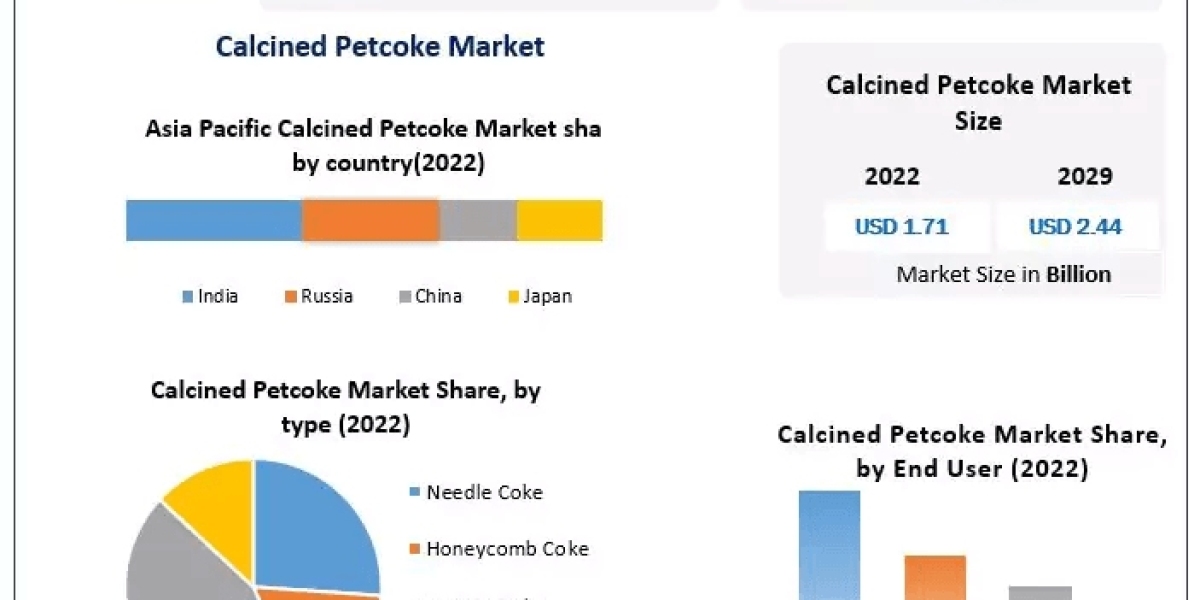The modern business landscape is evolving rapidly with the advent of new technologies and the deeper understanding of consumer behavior. At the core of this evolution lies the convergence of Behavioral Economics and Predictive Analytics, which opens up a realm of possibilities for enhancing customer loyalty. This amalgamation not only aids businesses in understanding the nuanced preferences of their customers but also in foreseeing market trends. Herein, we delve into how this convergence is reshaping the strategies businesses employ to foster a loyal customer base.
The Underpinning of Behavioral Economics
Behavioral Economics (BE) transcends the traditional economic model of individuals as perfectly rational decision-makers. It delves into the psychological, cognitive, emotional, and social factors that drive consumer decisions. By understanding the biases and heuristics that consumers operate under, businesses can design environments and offerings that cater to these human tendencies. This approach paves the way for more engaging and personalized customer interactions, which are crucial for building loyalty.
The Predictive Power of Analytics
Predictive Analytics (PA) leverages historical data and machine learning algorithms to forecast future events. By analyzing past consumer behavior, businesses can anticipate future actions, enabling them to be one step ahead in satisfying customer needs. Predictive analytics is crucial for personalizing offers, optimizing pricing strategies, and enhancing overall customer satisfaction. When applied adeptly, PA can significantly improve customer retention rates.
Bridging the Two Domains
The integration of Behavioral Economics and Predictive Analytics yields a robust framework for understanding and predicting consumer behavior. While BE provides the lens to understand why consumers make certain decisions, PA offers the ability to forecast what decisions they will make in the future. This synergy allows for the development of more effective marketing strategies and better decision-making processes within businesses.
Nurturing Loyalty Through Insightful Strategies
In the cutthroat business environment, customer loyalty is a coveted asset. The fusion of Behavioral Economics and Predictive Analytics facilitates the creation of marketing strategies that are not only insightful but also resonant with the consumer psyche. By leveraging these combined insights, businesses can devise marketing strategies to boost sales that also foster a deeper connection with their clientele. The resulting loyal customer base is not merely a source of recurring revenue but also a potent advocate of the brand in the competitive market.
Measuring Impact and Refining Approaches
The journey doesn't end at the implementation of strategies. The effectiveness of the fusion of Behavioral Economics and Predictive Analytics should be continually assessed to ensure that customer loyalty is being nurtured effectively. Through rigorous analysis and refinements, businesses can continually enhance their strategies to align better with evolving consumer preferences, thereby ensuring sustained customer loyalty and business growth.
This convergence presents a compelling narrative for businesses striving to secure a loyal customer base in the modern market. By harnessing the power of Behavioral Economics and Predictive Analytics, businesses can significantly elevate their customer engagement and loyalty, ensuring a sustainable competitive advantage in the ever-evolving market landscape.









